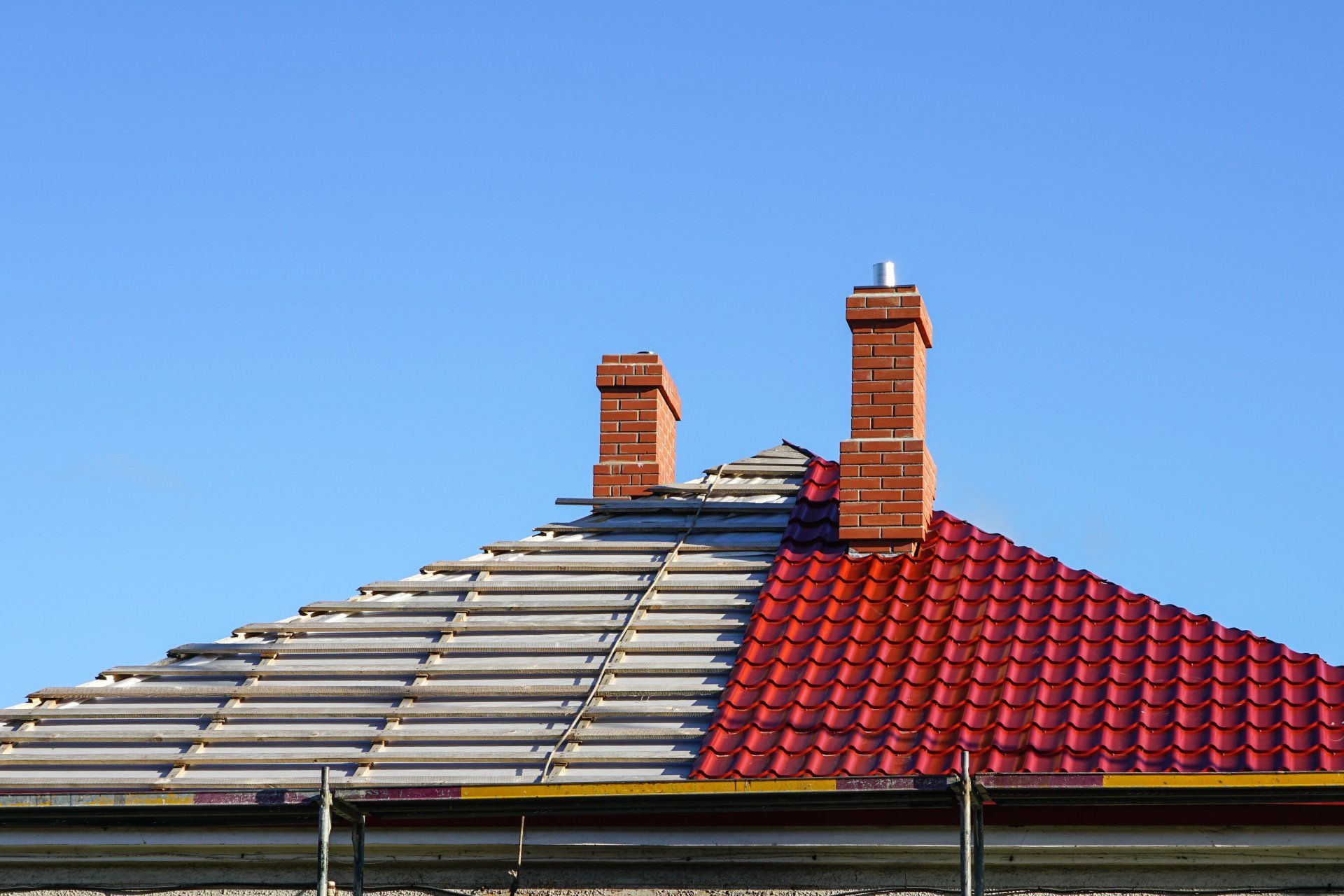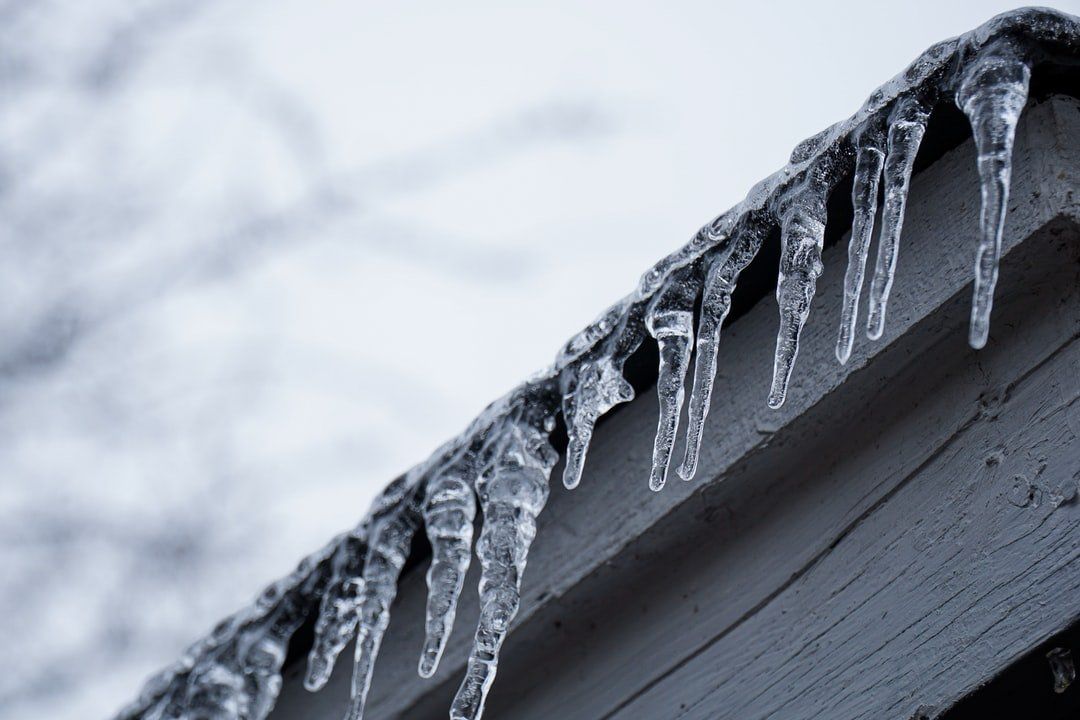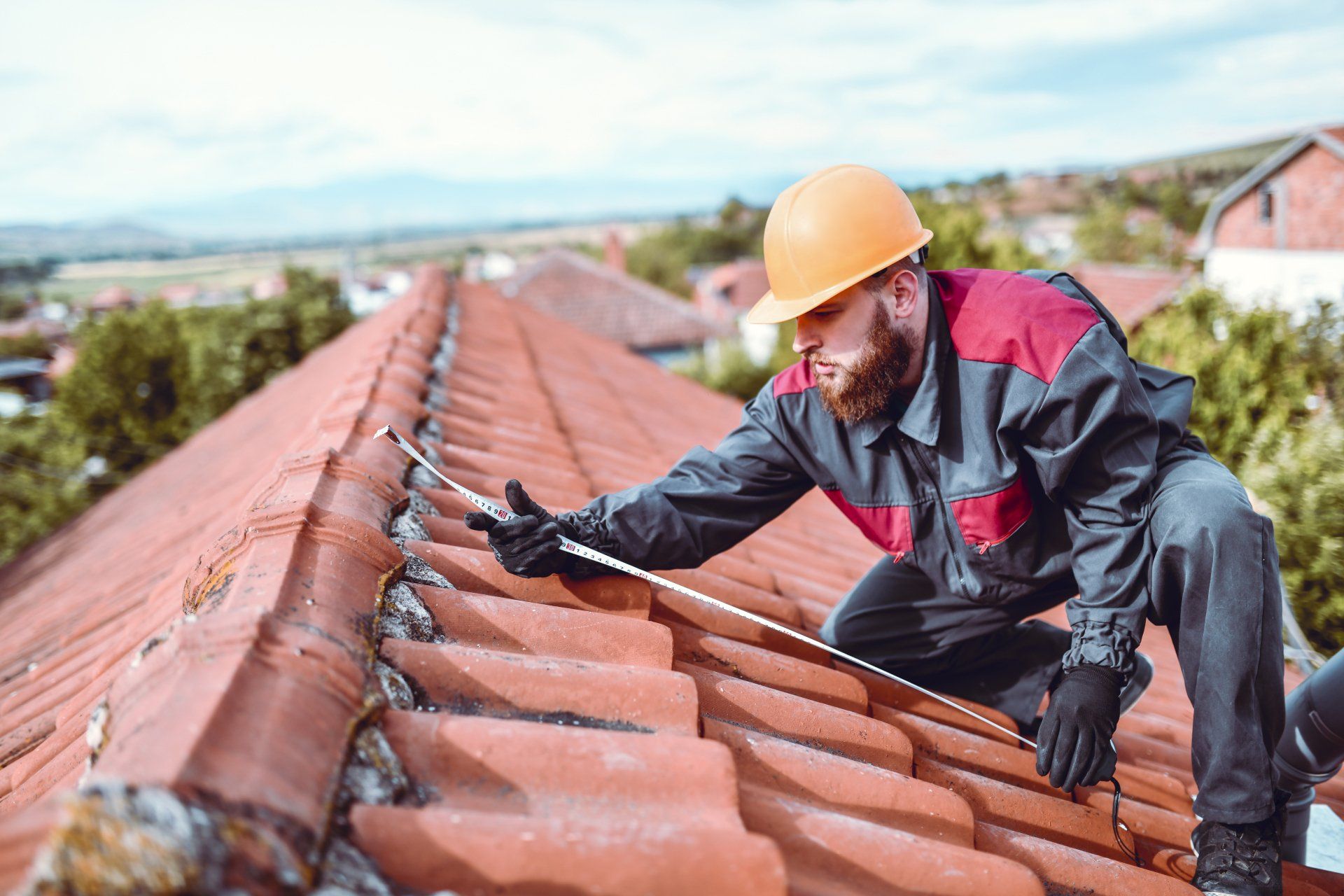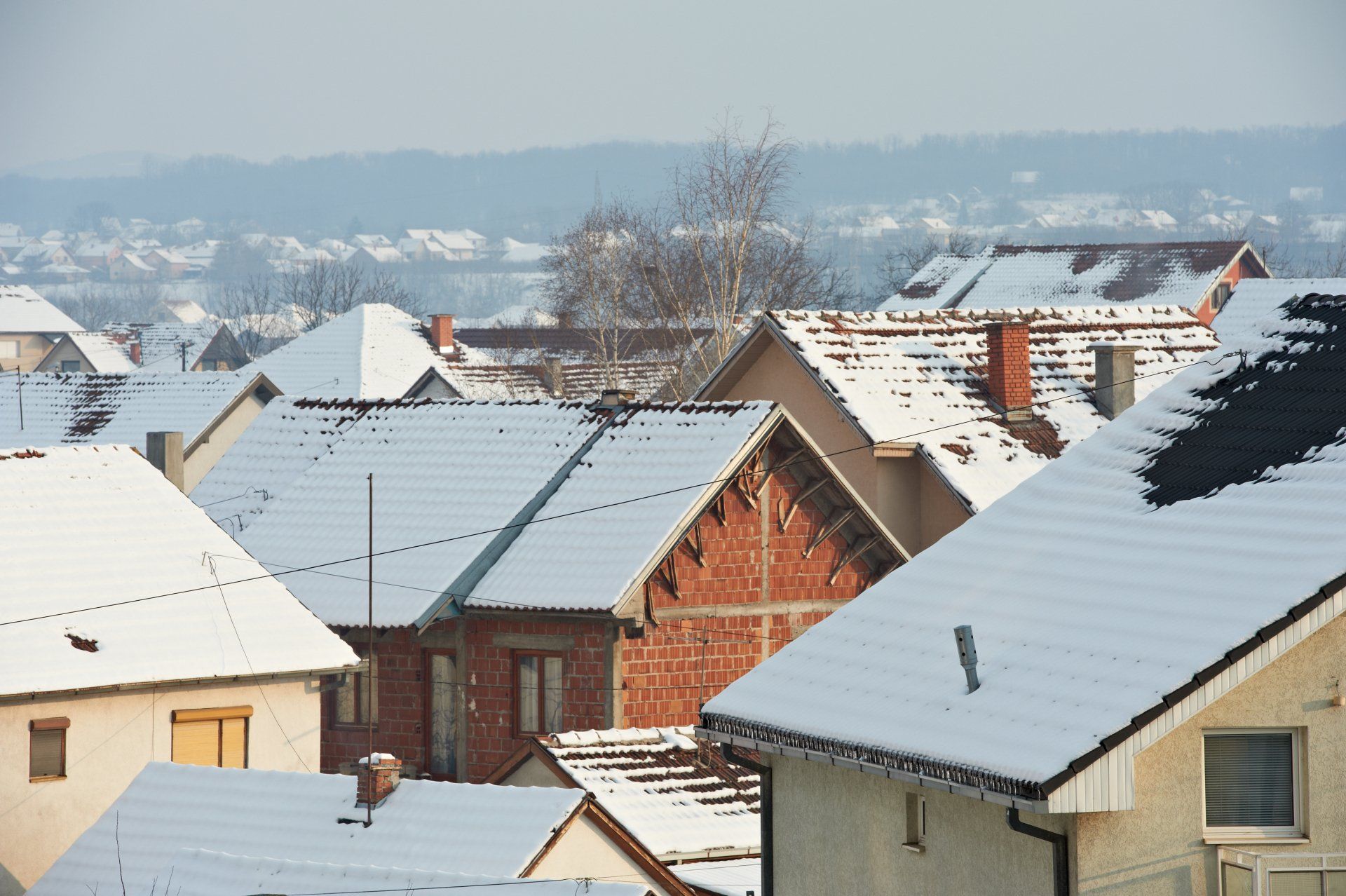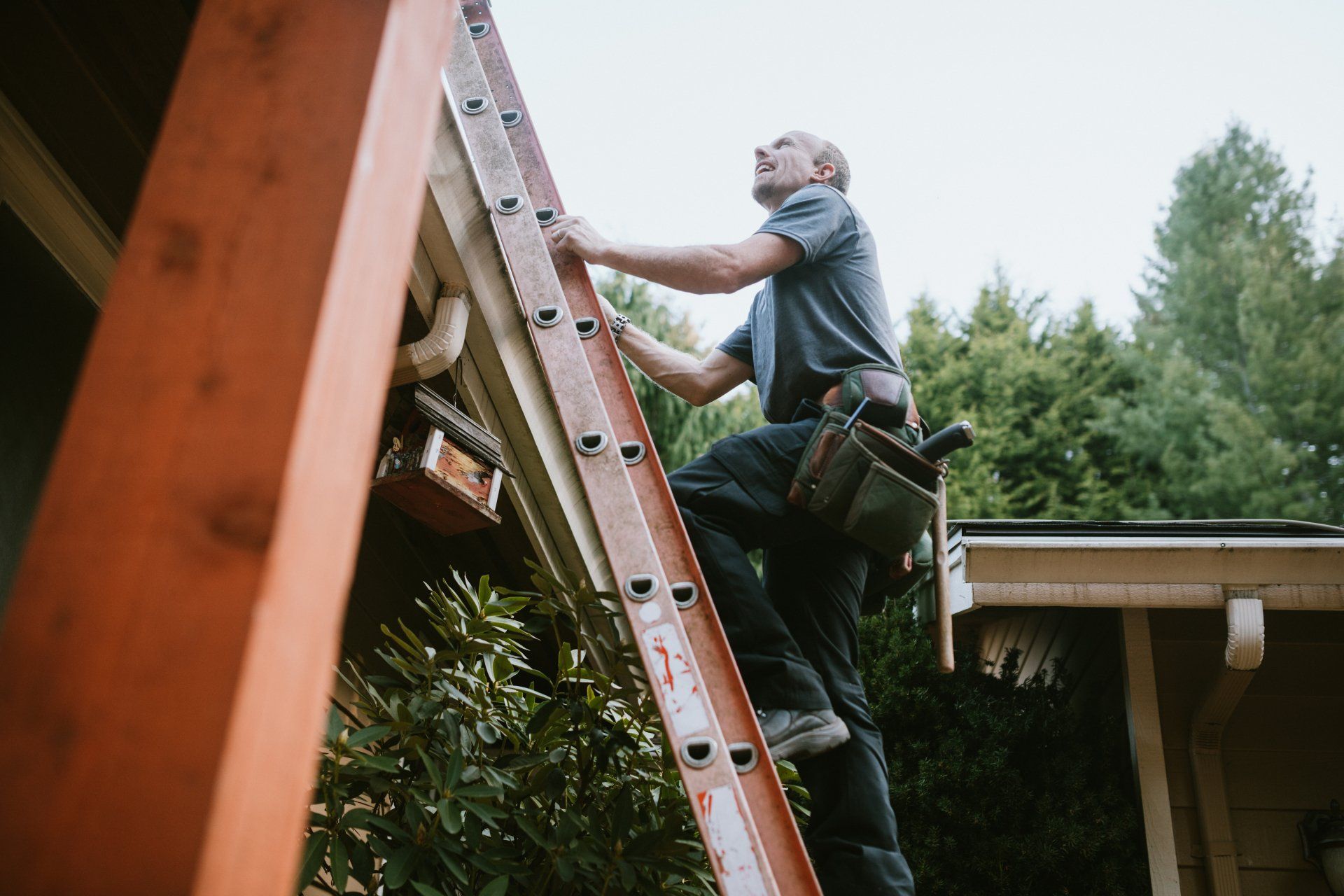Roof Lifespan: How to Know the Age of a Roof & Why it Matters
How often do roofs need to be replaced? If you’ve owned your house for years or if you’ve just purchased a new home, you might be asking this question. This blog will help outline the different roof lifespans depending on roof material. Keeping track of your roof’s age is important to maintain the integrity of your home. In this post, our team at Duluth Roofing provides information on warning signs of a damaged roof.
What is your Roof Lifespan?
The lifespan of a roof depends on the
type of material used. More economical options, like asphalt shingles, have a shorter roof lifespan than a more expensive material like metal. In our recent blog post, we discussed the
top three types of roofing material and how to choose the best option for your home.
For residential houses, the top three options are asphalt shingles, metal roofing, and cedar shake. If you have a commercial building or flat top roof,
EPDM rubber roofing is a long-lasting, low maintenance option.
Lifespans of Popular Roofs
- Asphalt Shingles – 20 to 25 years
- Metal Roofs – 50+ years
- Cedar Shake – 30+ years
- EPDM Rubber Roofs – 50+ years
How to Find Out the Age of a Roof
When you buy a home, one of the first things you need to find out is the roof age. If a previous homeowner replaced the roof, ask the realtor to find out the year that the roof replacement occurred. If there are no records of a
roof replacement, here are options for determining the remaining lifespan of a roof.
Obtain the Building Permit
- Go to the city hall in your jurisdiction.
- Ask the clerk to see the building permit on file for your home.
- Find the year that the building permit was issued to determine the age of a roof.
Visual Survey by a Professional
If the building permit is unclear about the age of your roof or the records no longer exist, contact your local roofing contractor to conduct a visual survey of your roof in order to estimate the age.
To ensure the safety of your home and overall integrity of your roof, the
National Roofing Contractors Association recommends hiring a professional to conduct a roof inspection twice a year.
Why Do Roof Lifespans and Roof Replacements Matter?
If you don’t keep track of the age of your roof and schedule a
full roof replacement when needed, you can face severe consequences. The primary purpose of a roof is to protect everything beneath it, like your family members and possessions. If a roof is unstable or damaged, you could have water damage or framing instability. A leaky roof can lead to ceiling and drywall rot and potential flooding in severe weather. Your roof is the most important aspect of your home, so it’s vital to prioritize its upkeep.
Roof Damage to Watch For That Could Require a Roof Replacement
Sometimes, you must replace or
repair a roof before the end of its lifespan. As a roof ages, the material wears out and could become unstable. If you own an asphalt shingle house, watch for
curling shingles and missing granules. Both are signs of an aging roof.
For more severe cases of roof damage, watch for any signs of water in the attic or drywall. If you notice soggy insulation or wet spots on the ceiling, call your local roofing company. For homes in cold weather climates, keep an eye out for ice dams that could indicate roof ventilation issues.
raph
Lastly, if you hear scratching or rummaging sounds from the attic, you might have critters making themselves comfortable. Squirrels, possums, and raccoons are notorious for finding their way into attics, and this means there is an opening somewhere on your roof that they’ve discovered.
Conclusion
It’s important to keep track of your roof lifespan so you can plan ahead for a
full roof replacement. Don’t wait until an aging roof starts failing to call a roofing company. If you’re a new homeowner, take the steps to obtain your building permit and determine the age of your roof.
If you need help answering the question, “How old is my roof?”,
contact Duluth Roofing to schedule a visual survey. We’re happy to provide our professional opinion about your roof and whether or not you might need a replacement in the near future.
Like us on
Facebook and follow us on
Instagram for more roofing tips and educational content!
